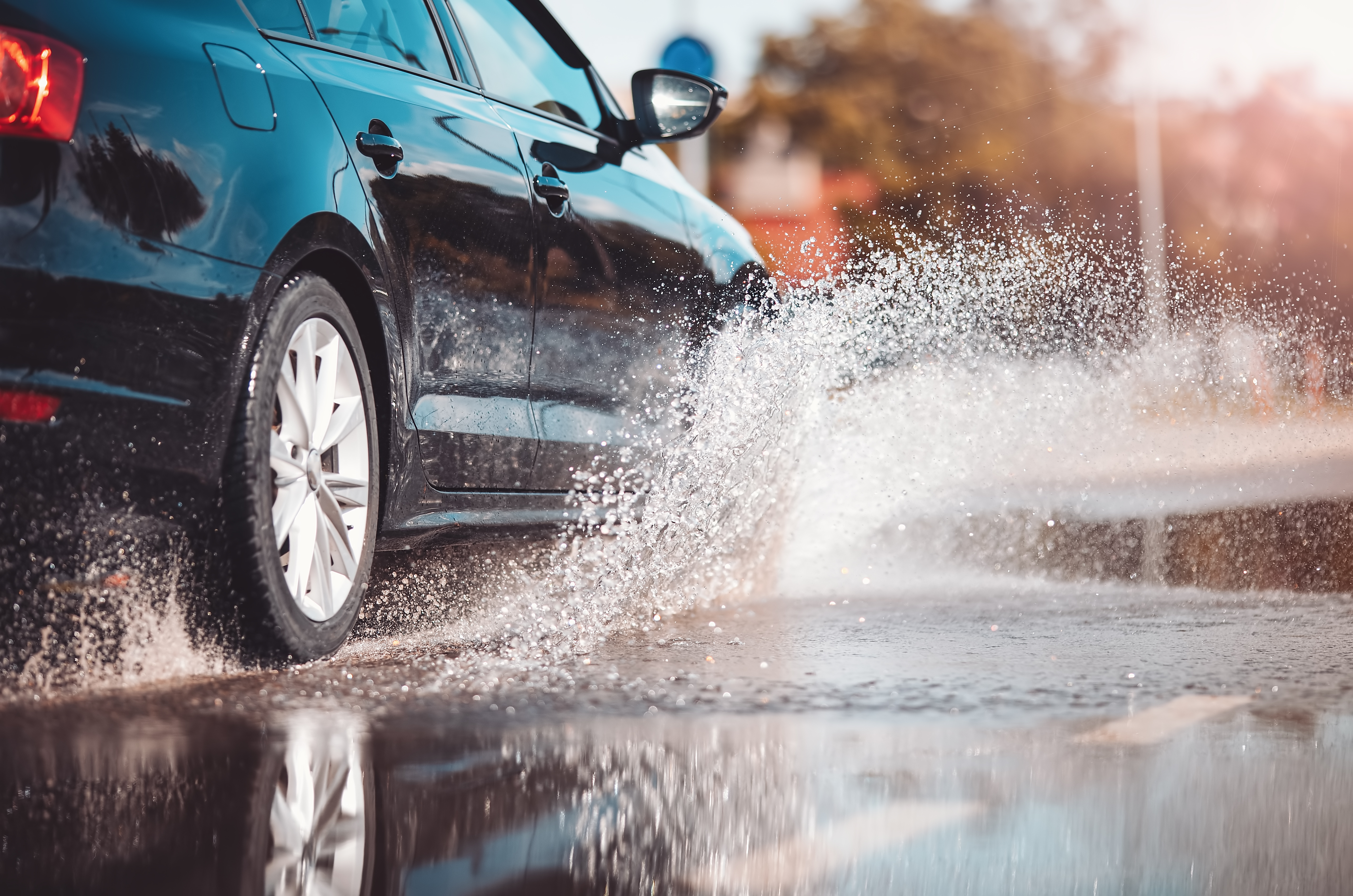Picture this: you’re driving along, the rain taps gently on your windscreen. Everything seems fine until, in an instant, your car feels like it’s gliding uncontrollably. You’re aquaplaning—where your tyres lose grip because of a water build-up between them and the road. It’s a nerve-wracking moment, but don’t worry! With a bit of knowledge and smart driving, you can reduce the risks.
Aquaplaning, also known as hydroplaning, is something that can send shivers down the spine of any motorist. It happens when a layer of water interrupts contact between your tyres and the tarmac, making it feel as if you’re suddenly no longer in control. However, with the right approach and precautions, you can tackle even the wettest roads with confidence.
What Exactly is Aquaplaning?
Those grooves on your tyres aren’t just for looks. They’re engineered to channel water away, helping your tyres maintain a firm grip on the road. But when heavy rain or uneven road conditions enter the mix, it creates a perfect recipe for aquaplaning. If your tyre tread wears down to the legal minimum of 1.6mm, the tyres lose much of their ability to clear water, raising your chances of aquaplaning.
Tips for Avoiding Aquaplaning
- Tyre Care is Crucial: Regularly check your tyre pressure and tread depth, and don’t delay replacing worn tyres.
- Slow and Steady: When it’s wet, ease off the accelerator. Reducing your speed lowers the chances of aquaplaning significantly.
The Role of Tread Depth
Fresh tyres with deep tread can disperse up to 30 litres of water per second at higher speeds, keeping you safely connected to the road. However, as the tread wears down, this ability declines. Worn tyres are no match for standing water, so don’t take any chances—keep an eye on your tread depth.
Knowing When to Replace Tyres
Tyres are fitted with Tread Wear Indicators (TWIs), which signal when it’s time for a change. When the tread depth drops to 1.6mm, it’s vital to replace them as soon as possible to keep your vehicle safe.
What to Do if You Aquaplane
Even with the best preparation, aquaplaning can happen. If it does, don’t panic. Lift your foot off the accelerator and gently press the clutch. Avoid braking hard or making sudden steering movements. If you must brake, do so lightly and focus on your rear tyres, which may still have some grip.
Final Thoughts
Aquaplaning is more than just another driving challenge—it’s a reminder of how critical tyre maintenance and cautious driving are, especially when the roads are slick. With some simple precautions, you can greatly reduce the risk and enjoy safer driving, no matter how heavy the downpour.
Remember, your safety is in your hands. Keep your tyres in good condition, stay alert, and drive with confidence—whether it’s raining or shining.
